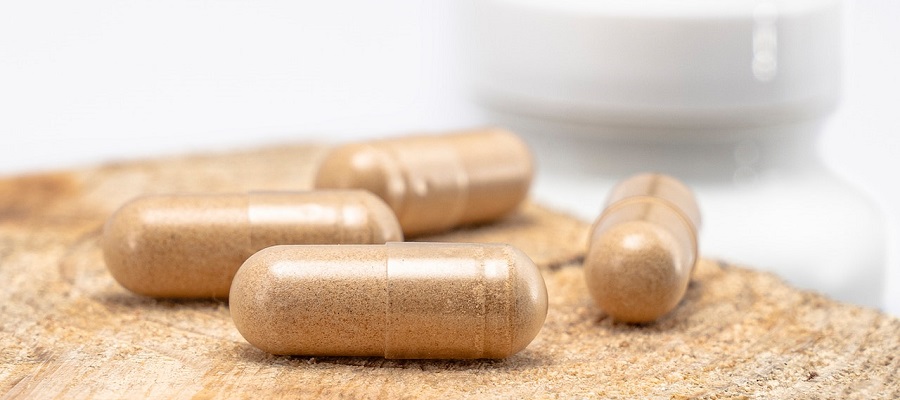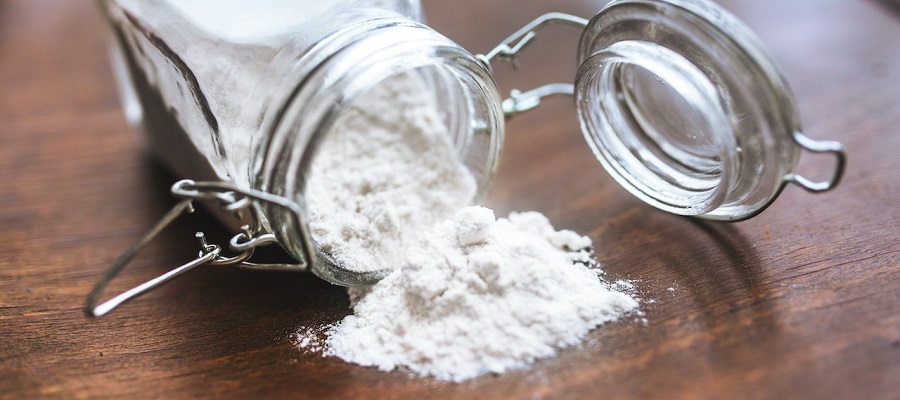Iron is a chemical element with the symbol Fe and atomic number 26. It is a metal that is abundant in the Earth's crust and is one of the elements that make up steel, which is a commonly used building material. Iron is strong and durable, and it is also an essential nutrient for the human body. It is present in many foods, and it is necessary for the production of red blood cells, which carry oxygen throughout the body. Iron can also be found in the form of iron oxide, which is a common ore. It is extracted from the ore through a process called smelting, which involves heating the ore to a high temperature and separating the pure iron from other elements.
Why does the human body need iron?
The human body needs iron to function properly. Iron is an essential nutrient that is necessary for the production of red blood cells, which carry oxygen throughout the body. Red blood cells contain a protein called hemoglobin, which binds to oxygen in the lungs and carries it to the body's tissues. Hemoglobin is made up of iron and other molecules, and without enough iron, the body cannot produce enough hemoglobin to support normal oxygen delivery to the body's tissues. This can lead to a condition called iron deficiency anemia, which is characterized by a lack of red blood cells and can cause fatigue, weakness, and other symptoms. Iron is also necessary for the proper functioning of the immune system, and it plays a role in the synthesis of collagen, a protein that helps to form connective tissue in the body.
How much iron does an adult need?
The recommended dietary allowance (RDA) for iron varies depending on age, gender, and life stage. In general, adult men and postmenopausal women need about 8 milligrams (mg) of iron per day, while adult women who are menstruating need about 18 mg per day. Pregnant women have an increased need for iron, with the RDA being 27 mg per day during the second and third trimesters of pregnancy.
It's important to note that these values are just general guidelines, and an individual's actual iron needs may be different depending on factors such as their diet, health status, and activity level. If you are concerned about your iron intake, it is best to consult a healthcare provider or a registered dietitian for personalized recommendations.
Can one over-supplement iron?
Yes, it is possible to over-supplement with iron. Taking too much iron can cause side effects such as stomach pain, nausea, vomiting, and constipation. In severe cases, iron overdose can lead to more serious problems such as organ damage or even death.
Iron overdose is more likely to occur in people who take iron supplements without a medical reason, or in people who take more iron than is recommended. Children are especially at risk for iron overdose because they can accidentally swallow iron supplements, which can be toxic in high doses.
If you are taking iron supplements, it is important to follow the dosage instructions on the label or as directed by your healthcare provider. Do not take more iron than is recommended, and do not take iron supplements without a medical reason. If you are concerned about your iron intake or if you think you may have taken too much iron, it is important to seek medical attention right away.
What foods contain the most iron?
There are many foods that are rich in iron, including:
-
Red meat: Beef, pork, and lamb are all excellent sources of iron.
-
Poultry: Chicken and turkey are good sources of iron, particularly the dark meat.
-
Fish: Some types of fish, such as tuna, salmon, and sardines, are high in iron.
-
Beans: Legumes such as kidney beans, lentils, and black beans are good sources of iron.
-
Nuts and seeds: Almonds, pumpkin seeds, and cashews are all high in iron.
-
Whole grains: Whole grains such as quinoa, oats, and brown rice are good sources of iron.
-
Fruits and vegetables: Dark leafy greens such as spinach and kale, as well as dried fruit such as apricots and raisins, are high in iron.
It's important to note that the body absorbs non-heme iron (the type found in plant-based foods) less efficiently than heme iron (the type found in animal-based foods). To increase the amount of non-heme iron your body absorbs, you can pair non-heme iron sources with a source of vitamin C, such as citrus fruits, tomatoes, or bell peppers.
What does low iron cause?
Low iron levels in the body can cause a condition called iron deficiency anemia, which is characterized by a lack of red blood cells and a decrease in the amount of hemoglobin in the blood. Hemoglobin is a protein that carries oxygen to the body's tissues, and without enough hemoglobin, the body cannot get enough oxygen. This can lead to a variety of symptoms, including:
-
Fatigue: Iron deficiency anemia can cause extreme tiredness and a lack of energy.
-
Weakness: People with anemia may feel weak and have difficulty performing physical tasks.
-
Shortness of breath: Anemia can cause shortness of breath, especially during physical activity.
-
Dizziness: Iron deficiency anemia can cause dizziness, especially when standing up from a sitting or lying position.
-
Pale skin: People with anemia may have pale skin due to a lack of red blood cells.
-
Cold hands and feet: Anemia can cause cold hands and feet due to a decrease in blood circulation.
Iron deficiency anemia can be caused by a variety of factors, including a diet that is low in iron, blood loss, and problems with the body's ability to absorb iron. If you are experiencing any of these symptoms, it is important to see a healthcare provider for proper diagnosis and treatment.


